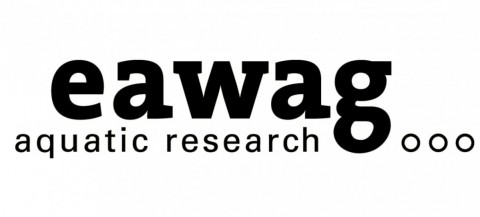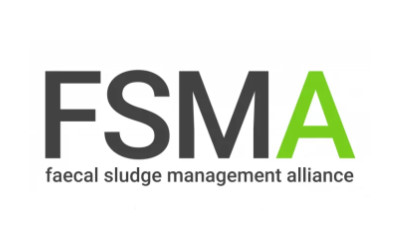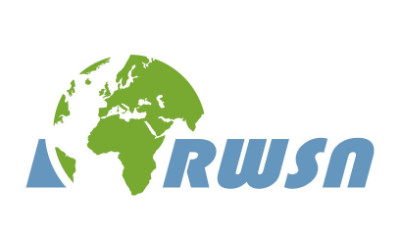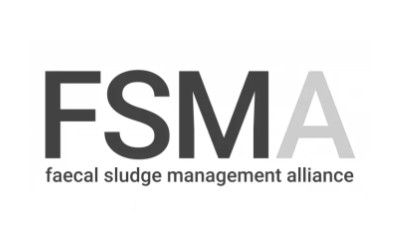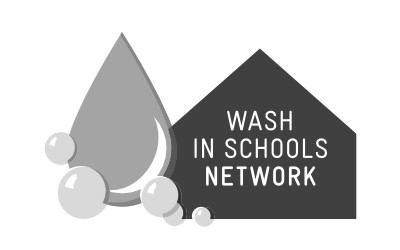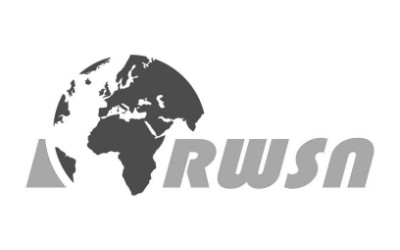Blue Diversion Autarky, a self-sustaining grid free toilet
2015 - 2020 • Eawag/Sandec (Swiss Federal Institute for Aquatic Science and Technology)
Purpose
Development of technologies and prototype reactors for the on-site treatment of source-separated urine, feces and polluted water from anal cleansing and handwashing.
Activities
“Blue Diversion AUTARKY” is the continuation of Eawag's RTTC project "Blue Diversion". The project developed technologies and prototype reactors for the on-site treatment of source-separated urine, feces and polluted water from anal cleansing and handwashing.
Urine treatment: (more details on the treatment processes is provided in the external links below)
Two processes are used in our system to treat the source-separated urine in the toilet: urine stabilization and water removal. Urine stabilization with calcium hydroxide prevents the formation of ammonia from urine (and thus the smell) and kills the pathogens. However, the high water content of urine – no matter if stabilized or not – requires significant storage capacity and can make the collection and transport to the agricultural fields very costly. Volume reduction through forced convection does not only reduce costs for storage and transport, but could also facilitate field application of the concentrated fertilizer.
We field-tested the urine treatment module in two applications: as part of a toilet system in South Africa and in a tiny-house application in Switzerland.
Water treatment:
The water treatment system, referred to as Water Wall, recycles hand washing water, toilet flush water (separated from the major part of urine and feces), or both. A multi-barrier approach with four treatment stages (bioreactor, ultrafiltration membrane, activated carbon filter and electrolysis) ensures that the water is safe for reuse. Water treatment prototypes were extensively tested under laboratory-conditions, under which they reliably removed pathogens, nutrients, malodor, and color from recycled water. However, when moving outside the laboratory, we expect a much higher variability of the number of users, composition of the water and external conditions. This is why we exposed different configurations of the Water Wall to real-life conditions.
We field-tested the Water Wall in three applications: as part of a toilet system and as part of a hand washing station in South Africa, and as part of a hand washing station in Switzerland.
Feces treatment:
The process used to treat the feces is called “hydrothermal oxidation” or HTO. When mixed with air and heated above around 400°C under high pressure, the fecal sludge decomposes and is oxidized completely to carbon dioxide and water. Ideally, the process is autothermal, meaning that the oxidation of the feces releases enough heat to maintain the high temperature. In the current project phase, we have been developing a comprehensive computer model of the reactor to improve understanding of the HTO process. We also improved the third prototype generation of the so-called FOX reactor (short for feces oxidation) and tested it with real users at Eawag (picture below).
Images

Image: Blue Diversion Autarky, a self-sustaining grid free toilet
Countries of activity
Location of main activity
Objectives
Development of prototype reactors for the on-site treatment of source-separated urine, feces and polluted water.
Update in November 2019:
Blue Diversion Autarky aims at developing sanitation systems which provide hygiene and comfort without relying on water and wastewater infrastructure. The project is funded by the Bill & Melinda Gates Foundation (grant number OPP1176460) as part of the reinvent the toilet challenge. In the last project phase, we have developed reactors that treat source-separated urine, water and feces. During the past two years, we have been busy redesigning, optimizing and finally testing these reactors in real-life applications in Switzerland and South Africa.
Further information
Research or implementation partners:
- Eawag (Swiss Federal Institute of Aquatic Science and Technology)
- PSI (Paul Scherrer Institute)
- FHNW (University of Applied Sciences and Arts Northwestern Switzerland)
- EPFL (Swiss Federal Institute of Technology in Lausanne) - only in earlier phases
- SLU (Swedish University of Agriculture) - only in earlier phases
- EOOS (Austrian Design Office)
Outlook
Our project is running until May 2020. We are currently working on the compilation and analysis of our field-testing results to make them publicly available. On the longer term, we would like to see the technologies move forward towards a larger-scale implementation of prototypes under the lead of an entity that would be specialized in the detailed engineering, construction and marketing of such systems.
Videos
The autarkic toilet house "Autarky"
Contact information
Eva Reynaert
Login to see the e-mail-adress of the contact person.
Filter tags
Bill & Melinda Gates Foundation Europe & Central Asia Faeces or faecal sludge Fundamental research and engineering Global Greywater or wastewater Product design and engineering Resource recovery Toilets or urinals (user interface) Treatment of wastewater or greywater University, education or research institution Urine
Links
Swiss Federal Institute for Aquatic Science and Technology
Duebendorf
Switzerland
Uploaded by:
Elisabeth von Muench (Elisabeth)

